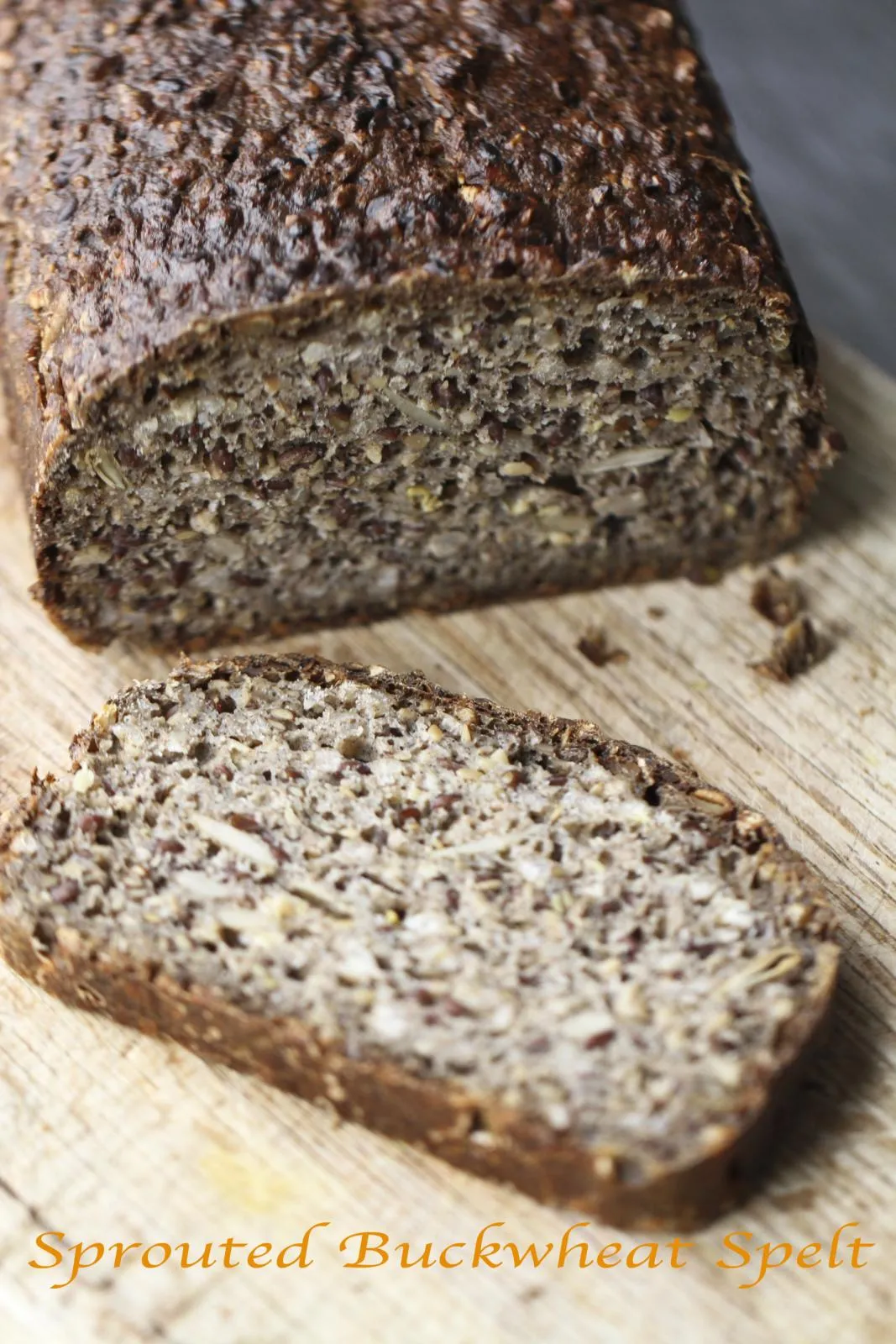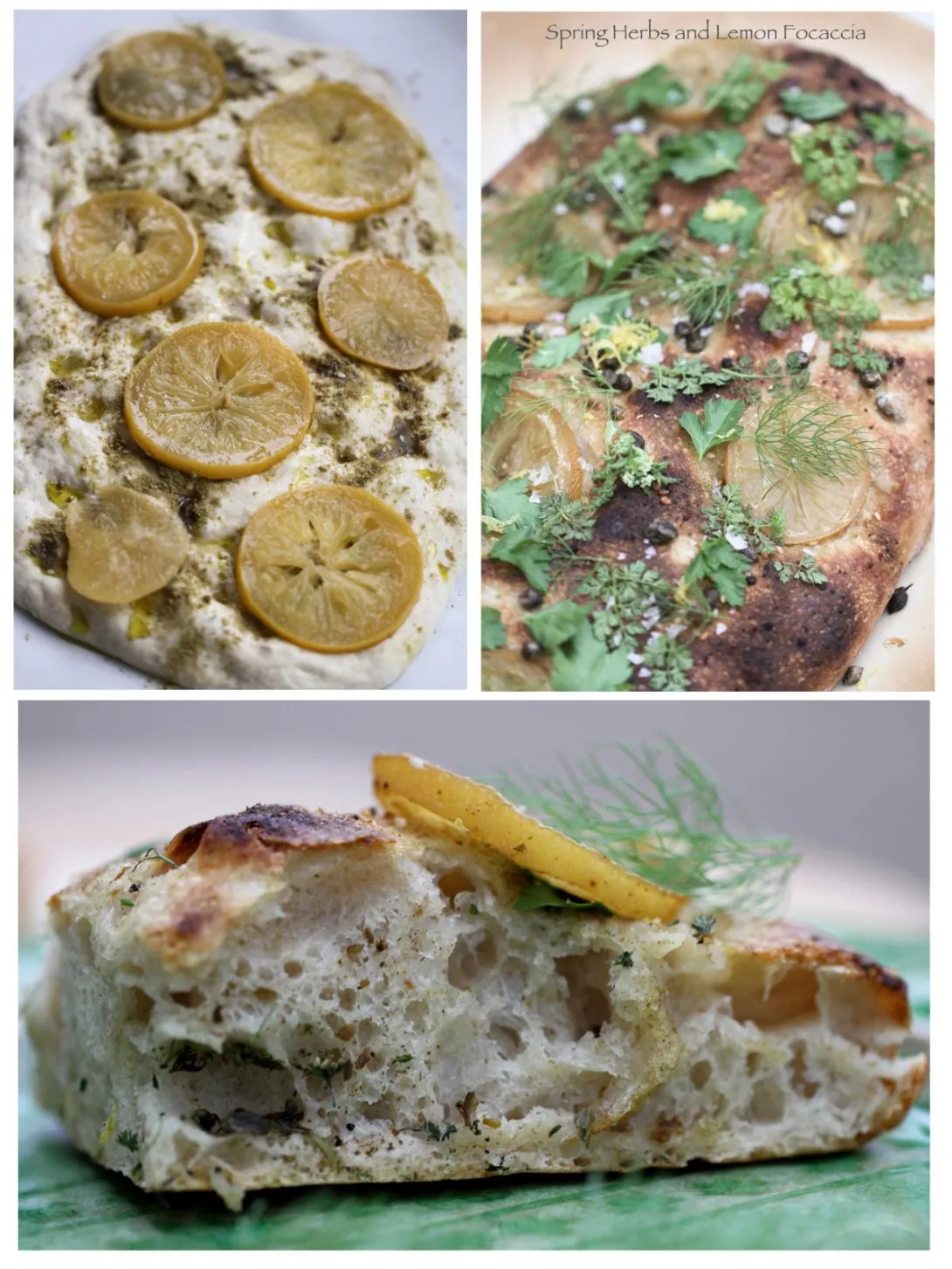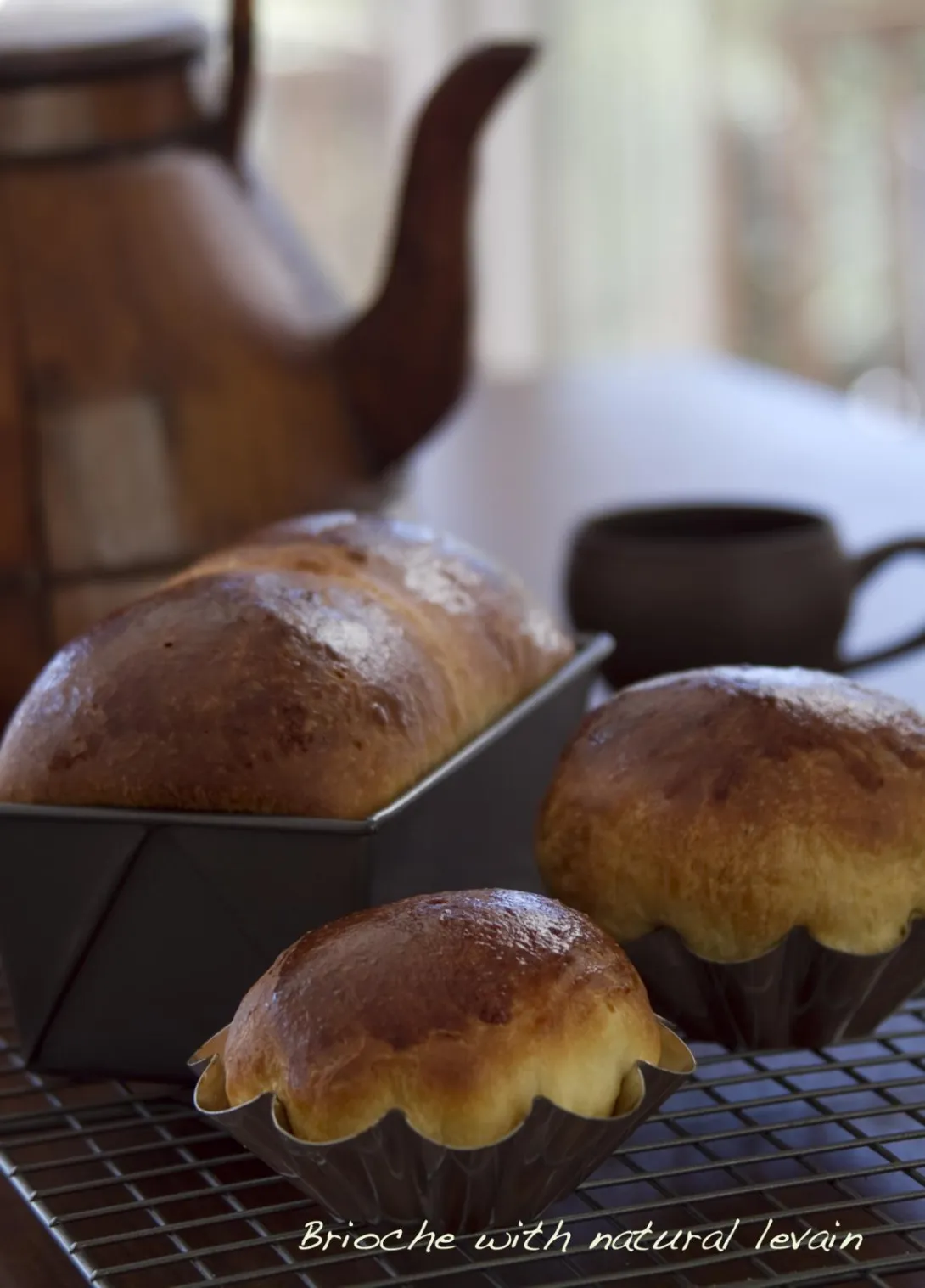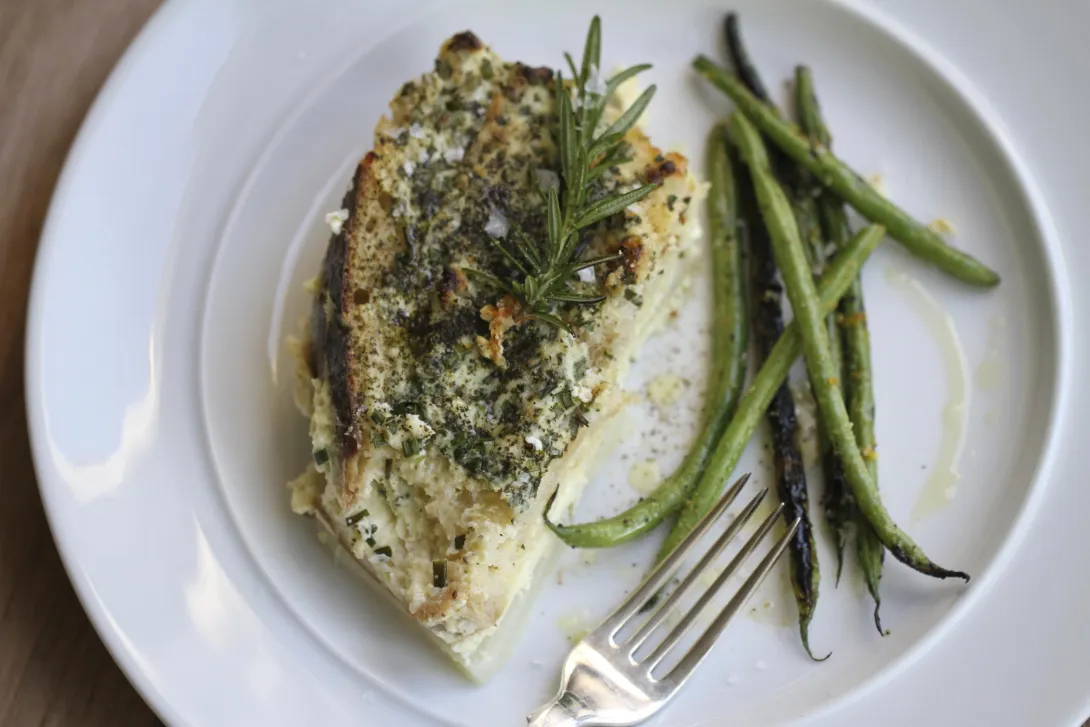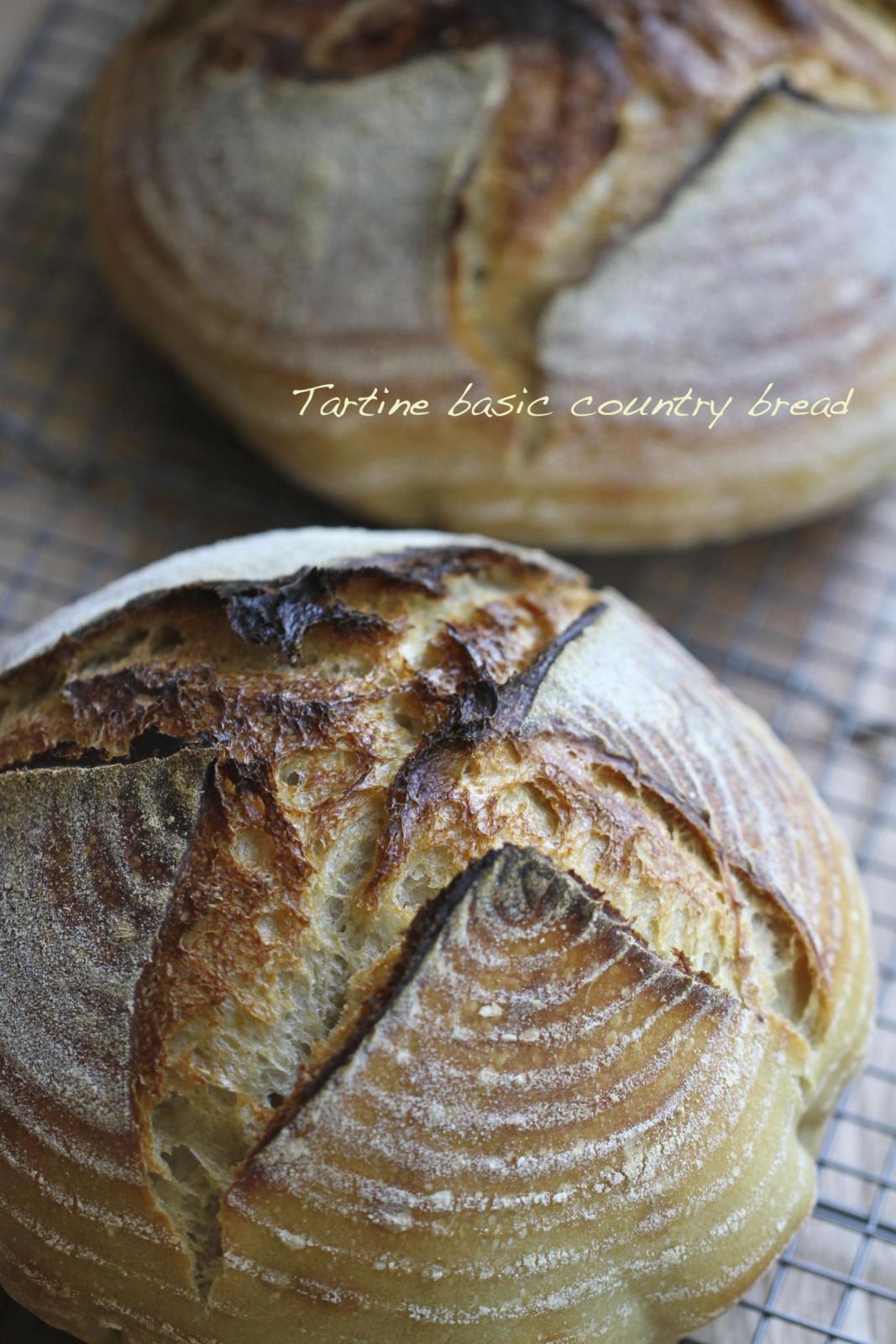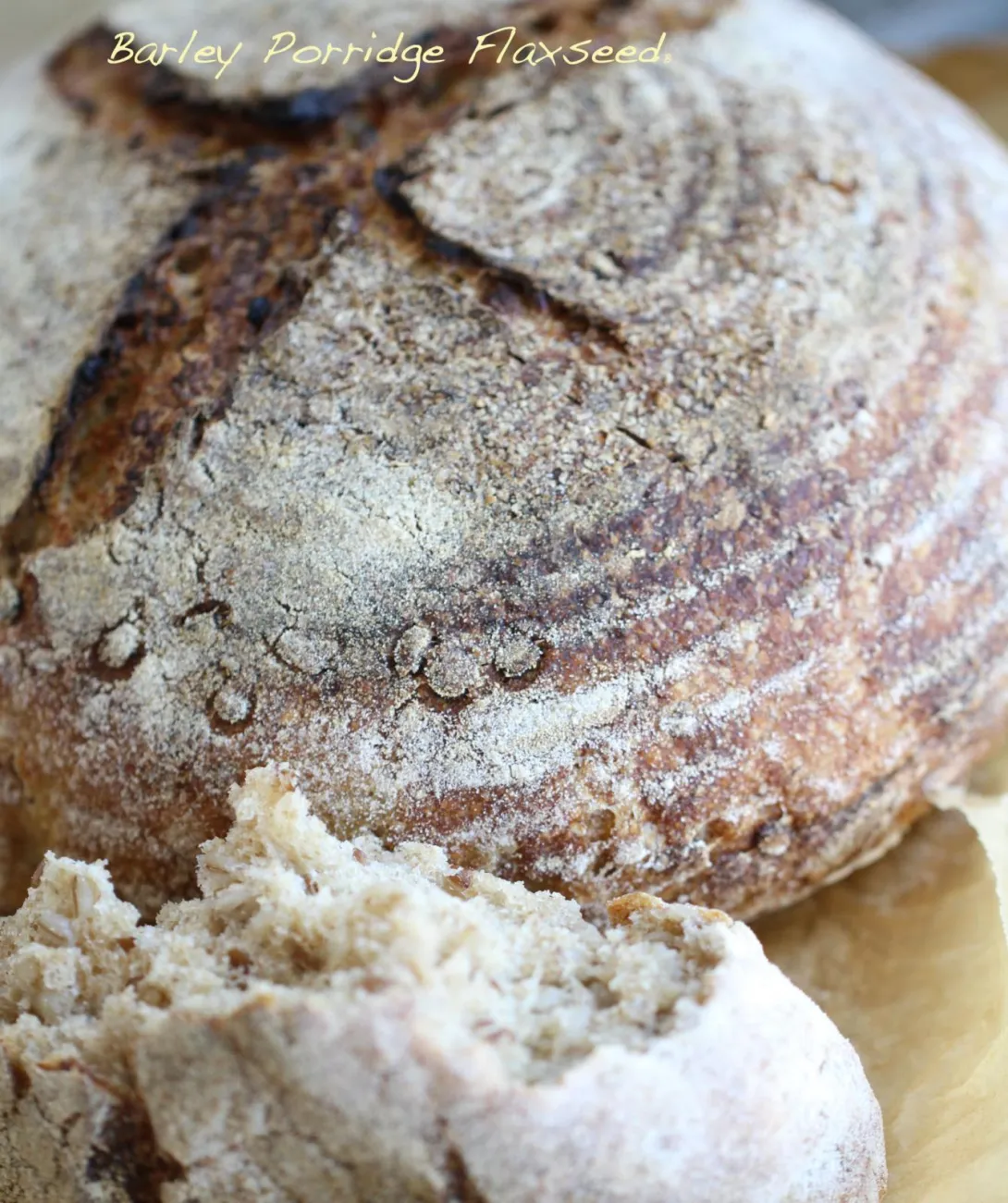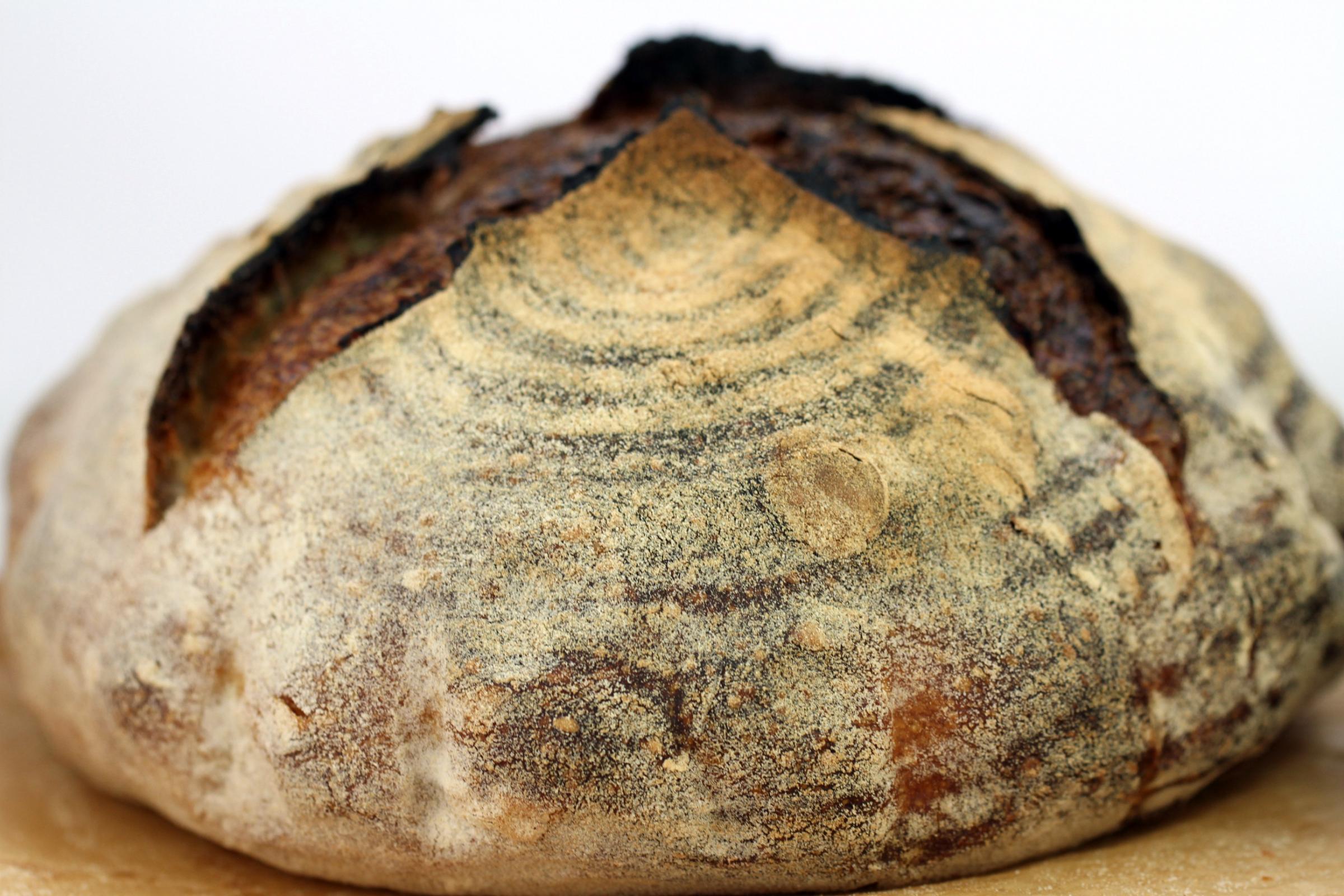Easter Bread & Sprouted Struan Bread using 90-100% Sprouted Flour
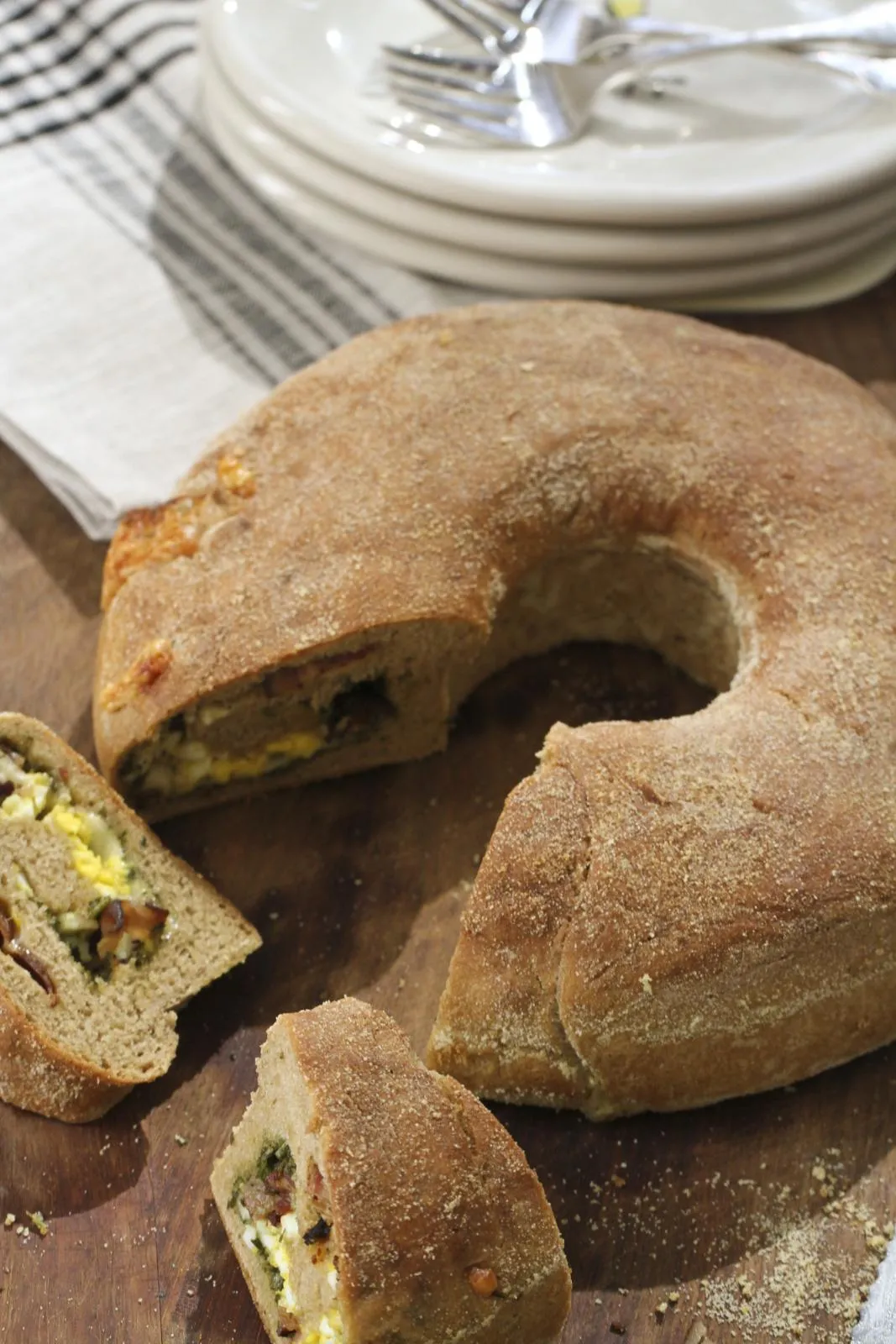
Happy Easter! I baked this Neapolitan Easter bread (Casatiello), published in the New York Times by Yotam Ottolenghi. Basically, it is a yeast bread dough wrapped up with meats, cheeses, herbs and eggs fillings, for the break fast picnic eaten the day after Easter. It was a fun bake since whatever leftovers you had on hand, you can roll them up tightly, like a cinnamon roll. It's easily adaptable to accommodate any filling ingredients. And you won't be getting your fingers all sticky and gooey. There is no glaze on the bread.
- Log in or register to post comments
- 3 comments
- View post
- Flour.ish.en's Blog
